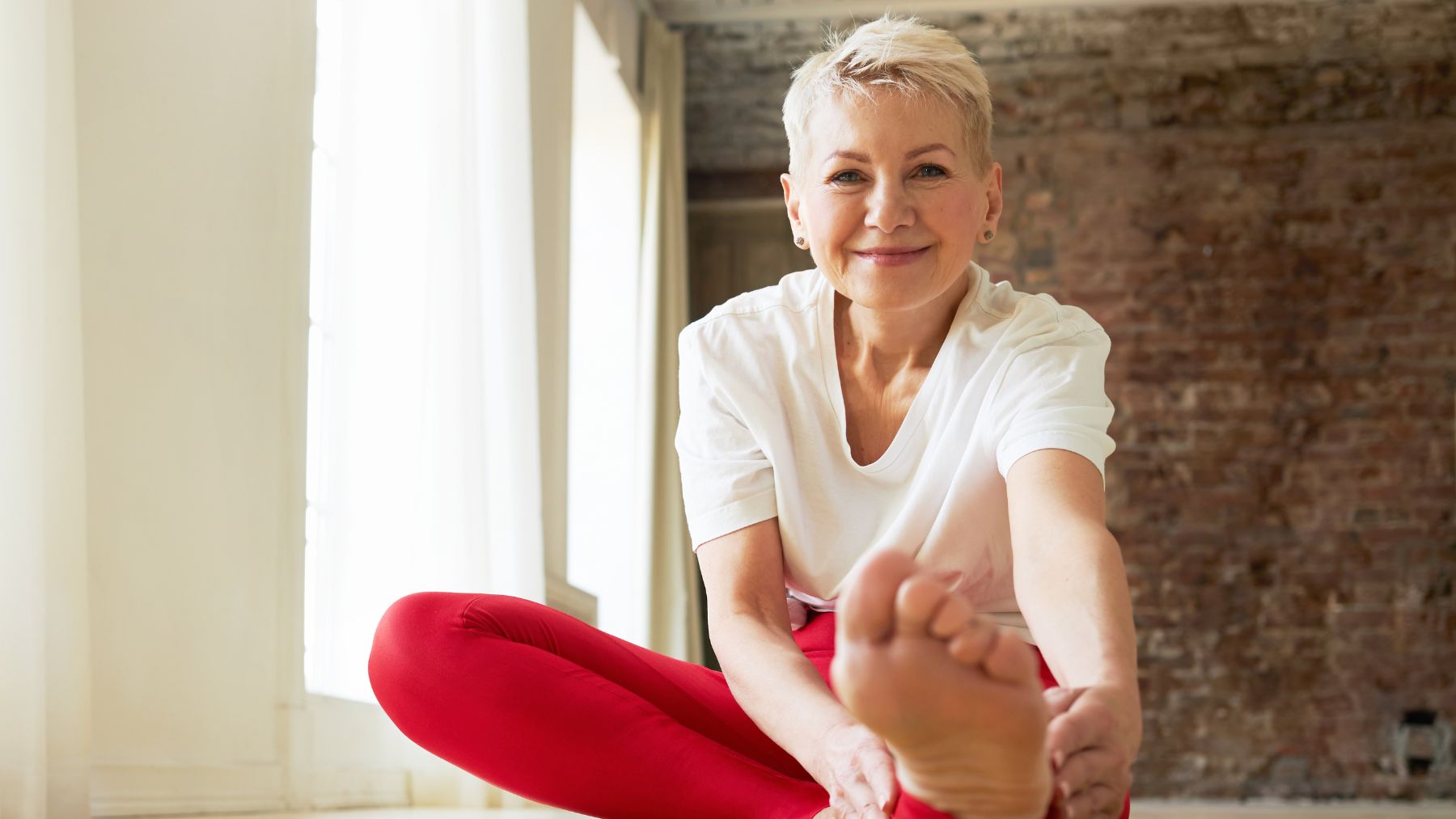Tai chi and yoga aren’t just relaxing activities — they’re powerful tools to support flexibility and mobility as you age. Mayo Clinic experts highlight that regular stretching, paired with these gentle movement practices, can help maintain joint range of motion and improve stability, lowering the risk of falls for older adults.
While stretching is often seen as something to do briefly before or after exercise, its benefits go far beyond a quick warmup. When practiced regularly and with proper technique, gentle movements like tai chi or yoga can increase range of motion, support balance, and help prevent falls — a major concern as people age.
How stretching boosts flexibility and stability
Mayo Clinic explains that stretching has been studied for years, and while some findings are mixed—especially regarding its effect on soreness or athletic performance—there’s clear evidence that it helps improve flexibility. Greater flexibility allows your joints to move more freely, supports better posture, and helps muscles work more effectively during daily activities.
Better flexibility can:
- Enhance your physical performance.
- Lower your risk of injury.
- Support joint mobility through a full range of motion.
- Improve blood flow to muscles.
- Make everyday movements easier.
These benefits add up over time, helping you maintain independence and comfort as you age. Even a few minutes of stretching before or after activities like walking or light exercise can make a difference.
Tips for safe and effective stretching
Before diving into any routine, technique matters. Stretching cold muscles can backfire, so it’s best to start with a short warmup—like a light walk or easy cycling—for about 5 to 10 minutes. For more intense activities, such as sprinting, Mayo Clinic notes that skipping static stretches beforehand may even help performance, as pre-event stretching can temporarily weaken certain muscles.
To stretch safely:
- Aim for symmetry rather than extreme flexibility. Balance flexibility on both sides of the body to reduce injury risk.
- Focus on major muscle groups—calves, thighs, hips, lower back, neck, and shoulders—while also stretching the muscles you use most often.
- Avoid bouncing movements, which can lead to tightness or injury.
- Hold each stretch for about 30 seconds (or up to 60 seconds in tight areas), breathing steadily.
- Stop if you feel pain; stretching should create gentle tension, not discomfort.
- Keep your routine consistent—at least two to three times per week—to maintain results.
- Regularity is key. If you stop stretching, any gains in flexibility or range of motion may gradually disappear.
Gentle movement methods that support balance
One way to make stretching more enjoyable—and more effective—is to bring gentle movement into the routine. Practices like tai chi, yoga, or Pilates combine controlled motions with stretches that mirror real-life activities. Over time, this can lead to better flexibility in specific movement patterns, improved balance, and fewer falls among older adults.
These low-impact methods are especially helpful for aging bodies because they build flexibility while improving coordination and strength in a slow, controlled way. For those who prefer a sport-specific approach, dynamic warmups—where you mimic movements from your chosen activity at a low intensity and gradually build up—can also be useful.

